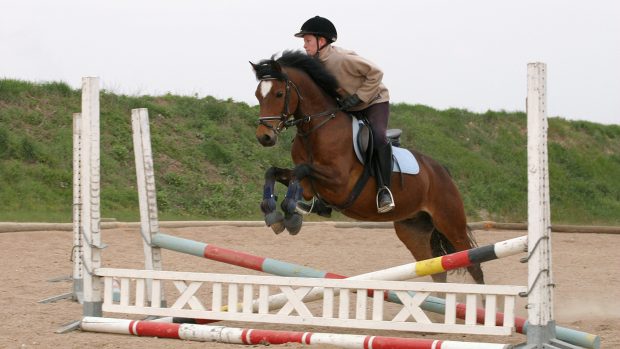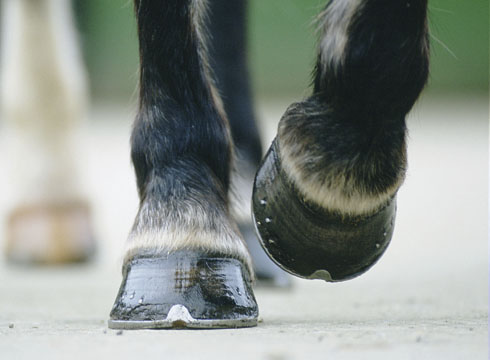Do you know your horse conformation phrases? Let’s find out…
Horse conformation phrases
1. Conformation, not confirmation
Let’s get started with this common mistake!
2. Back at the knee
Also known as calf knee, a conformation fault where, when viewed from the side, the horse’s knee is behind an imaginary vertical line dropped down from the front and top of the foreleg. This fault tends to become more pronounced as the horse gets older and can lead to unsoundness by placing extra strain on the tendons and ligaments at the back of the leg.
3. Over at the knee
The opposite to back at the knee and not considered too bad a conformation fault – it is believed, in moderation, to be a bonus for the hunting/racing set as it reduces the strain put on the tendons. In dressage and showing, however, it is deemed a fault.
4. Bone
At least “nine inches of bone” is desirable in a hunter – but many people have no idea what it means. You measure a horse’s bone around the cannon just below the knee and the bone should feel flat, not rounded.
5. Bridle lame
When a horse nods its head in trot, so it appears lame, but is not actually taking uneven steps with its legs. Often caused by poor riding when a jockey uses too much hand and too little leg, so the horse is not properly engaged.
6. Butty
A short-coupled, compact horse, often a cob type or a small hunter.
7. Curb
A swelling at the back of the hock and just below it, often caused by a ligament strain and seen as a sign of weakness. A severe fault in showing circles.
8. False curb
Often mistaken for a real curb, but something else entirely. There’s no soft-tissue swelling and it should disappear when the hindleg is lifted. But it’s a conformation fault, which occurs when the head of the splint bone is enlarged.
9. Ewe neck
Sometimes referred to as an “upside down” neck and not, as some believe, the neck of a horse with poor condition. An animal with a true ewe neck will find it very difficult to work correctly over their topline, will always tend to carry his head too high and have a tendency to hollow their back. A dip appears in front of the withers and the muscles bulge on the underside of the neck.
10. Swan neck
The opposite of a ewe neck, with a pronounced curve on the topline, but still a conformation fault, as the horse will not go correctly and may hollow his back.
11. Furnished/unfurnished
Young horses are often said to be unfurnished because they haven’t yet filled out their frame.
12. Lady waisted
Although this sounds deceptively charming, it actually means that the horse is nipped in at the “waist”, or herring gutted like a greyhound!
13. Leg at each corner
Built solidly, like a table. Generally a good thing, but deemed “old fashioned” by some.
14. Length of rein
The distance between the rider’s hand and the bridle – or another way of saying long or short necked.
15. Topline
The horse’s topline includes the muscles over the neck, withers, back, loin and croup – from the side, his withers should be the same height as the croup.
- To stay up to date with all the breaking news from major shows throughout 2025, subscribe to the Horse & Hound website
You might also like:

8 common horsey terms you may have been getting wrong for years without realising

The double bridle debate – the facts, the opinions… and the politics

‘The more time you “waste”, the better your relationship’: how less is more for Olympic ‘mare of all mares’

Subscribe to Horse & Hound magazine today – and enjoy unlimited website access all year round



